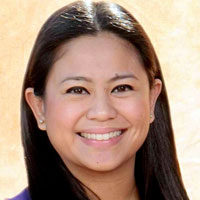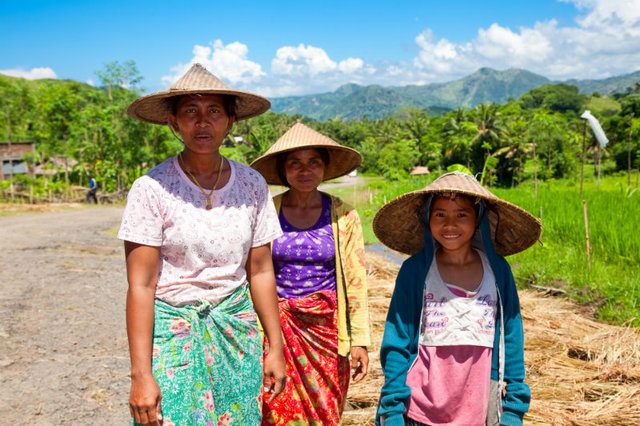SUMMARY
This is AI generated summarization, which may have errors. For context, always refer to the full article.
 All of the world’s disasters today have one common trait: they do not discriminate between countries.
All of the world’s disasters today have one common trait: they do not discriminate between countries.
Disasters could be considered system equalizers, where both rich and poor nations are equally brought to their knees.
No disaster is created equal and the level of impact and destruction varies. These events, by their nature, are not necessarily discriminative. However, a significant body of research indicates that disasters do disproportionately affect one specific community. (READ: Disasters and early warning)
That community is women.
Bearing the brunt

Powerful storytelling and imagery related to disasters does not necessarily convey this discrimination outright.
Being on the other side, we are sympathetic to hardest hit areas, we mourn the victims, we support survivors and we advocate for policies to ameliorate the worst effects. We unconsciously lump affected populations into a collective group, without necessarily thinking that disasters affect a group more than the other.
Disasters affect every member of a community in different ways. But women bear the brunt of these effects.
There are several factors that go into this assertion.
The poorest areas of a community are the most affected when a disaster hits. In these areas, weak infrastructure increases the community’s overall vulnerability and ability to withstand a severe shock to the system. And these communities are mostly made up of women.
Today, majority of the world’s poor are women. Poverty, more than just the lack of income, has implications for housing, health, education and human rights. As a result, poor women are more likely to be malnourished and less educated, factors that only exacerbate their vulnerability in a disaster.
There is also the role of social constructs, where a woman’s role in her community could even spell the difference between life or death.
For example, a 1993 study of the effects of an earthquake in India found that more women died during the disaster because they were inside their homes and consequently crushed by falling debris, while men were working in the fields. The 2004 Indian Ocean tsunami was no different, where the ratio of female to male deaths was 3 to 1. It was found that women did not know how to swim or got their hair tangled in debris.
Suvivor
A woman’s vulnerability is not diminished, even if she survives.
Women who have less influence or no voice in a community may lack access to resources after a disaster. Access to resources, information and support are key to survival, but not always a simple matter for women.
Then, there is gender-based violence.
After a disaster, women become vulnerable to rape, trafficking, forced marriage and domestic violence due to the breakdown of societal mechanisms, distress and lawlessness.
Mechanisms meant to protect vulnerable populations like proper shelter, police and resources take time to recover as well, when in the wake of a disaster everyone is fighting to survive.
For example, during the 2011 drought in the Horn of Africa, families began marrying off their female children in a rush to obtain dowries to ensure their survival. In large camps, like the Zaatari refugee camp in Jordan, placement of latrines and distribution points for commodities have a role in reducing women’s vulnerability and ensuring their protection.
More roles
Women can also take on more roles and responsibilities in the wake of a disaster. The notion of women as “carers” essentially means that they are more likely to be the primary carers of the children, elderly and disabled in their families.
After a disaster, this role could be expanded to care for injured family members or others in their community. Women could also find themselves becoming the head of household, if their head of household perished in the disaster. This adds on psychosocial stress and could make access to aid more difficult.
Surviving disasters are a feat in itself. To be a woman, a survivor and cope with your vulnerability is another story.
Disasters do not discriminate women. It is the institutions they hit that discriminate, which ultimately increases a woman’s vulnerability and allows for disproportionate impacts. It is people that discriminate against women.
This March, as the world celebrates women, let us honor the women survivors of disasters, encourage women participation in disaster risk reduction and relief, and continue working to reform the institutions and persons that hinder progress and equality. – Rappler.com
Isabelle H. Lacson is a Master of Public Administration degree candidate in Urban Policy and Management at Columbia University’s School of International and Public Affairs. She served as a chief of staff to a member of the Philippine House of Representatives, which paved the way for a career focus on urban disasters, disaster risk reduction policy and climate change policy.
Got stories to tell? Share your ideas on women, development, and gender with move.ph@rappler.com. Speak up on #GenderIssues!
Add a comment
How does this make you feel?
There are no comments yet. Add your comment to start the conversation.